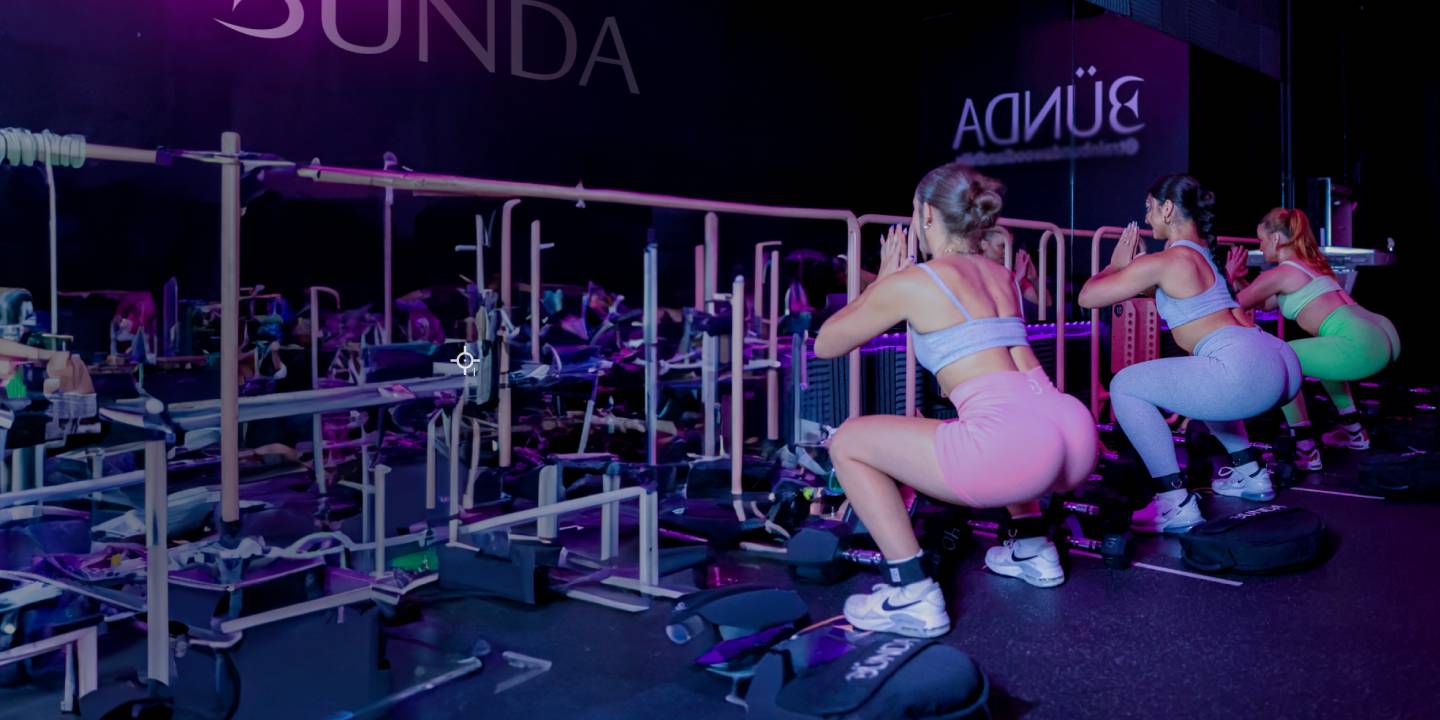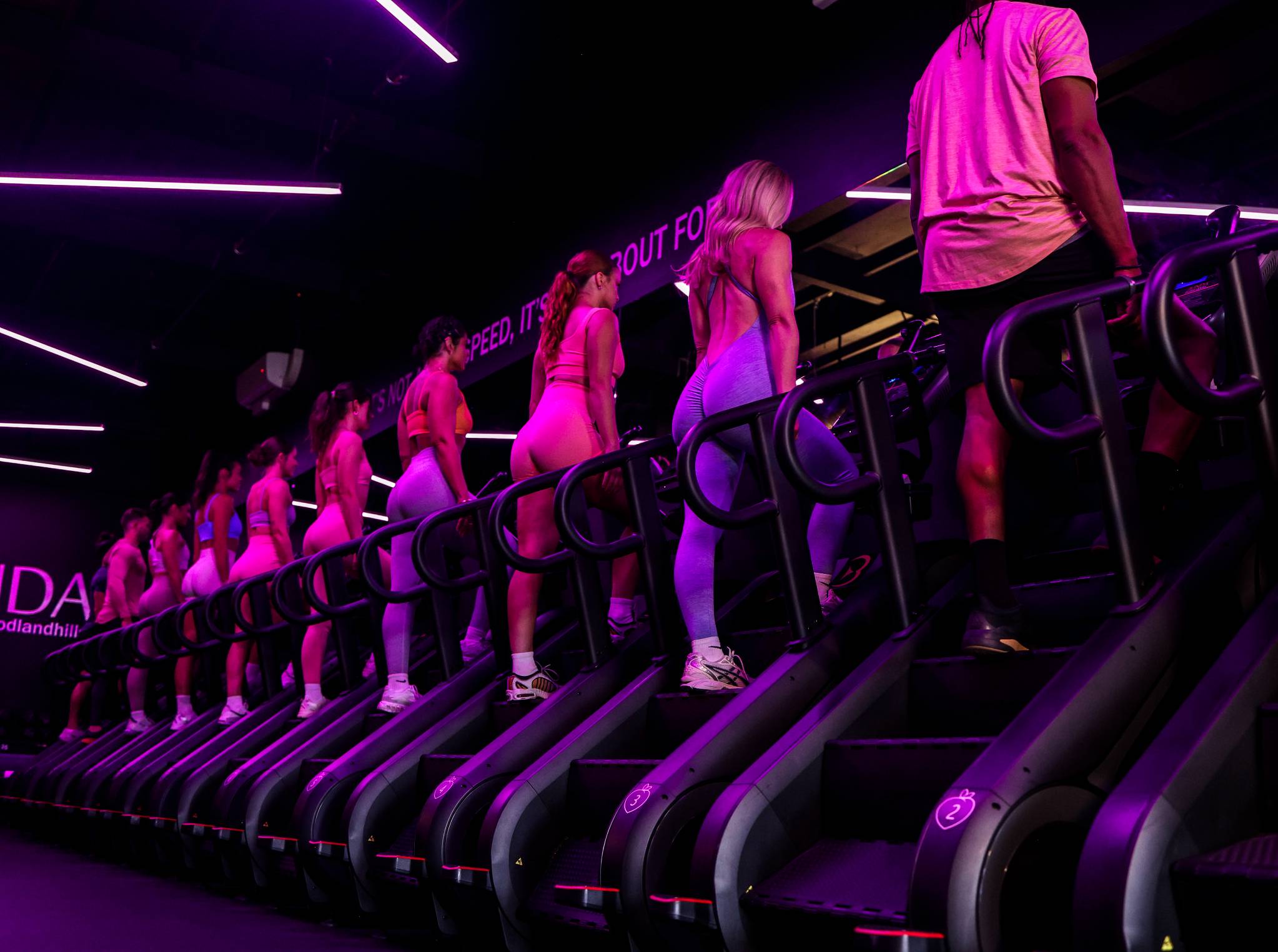HIIT Training has become increasingly popular in group fitness during the last couple of years. While HIIT can provide you with an awesome all-out workout and a ton of sweat, these workouts can actually be counterproductive, causing you to get further away from our fitness goals.
What type of calorie are you using during exercise?
The body uses three primary nutrients for energy – carbohydrates, fats, and proteins. For the sake of this blog, we will not be talking about protein. Protein yields very little energy for us. We primarily use it for recovery. The bulk of our energy comes from carbs and fats.
While we are at rest (e.g. at work, on our phones, sleeping), we should be primarily using fats as an energy source – meaning the calories we are burning are made up of fats. When we exercise, we start to increase our reliance on carbs as a fuel source. The reason being is that the carbohydrate is the most immediate source of energy in the body. As we call on the body to produce more energy, especially in a little amount of time, our carbohydrate use starts to skyrocket. This is where the issue lies with those HIIT workouts.
HIIT workouts require a ton of energy and call on the body to work out at an all-out pace, which leads to almost 100 percent of the calories burned from carbs. If you do these workouts too much, you will start to teach your body to rely on carbs during rest as well when we are supposed to be using fats. This causes an increase in the cortisol hormone (stress hormone). An important note is that many people have stressful jobs, home lives, etc. They are already spiking their cortisol level in day to day life and then they make it even worse with a HIIT workout. Increased Cortisol levels can make losing weight or changing body composition very challenging, especially for women.

High Intensity Training for Weight Loss
In order to lose fat, we have to use fat during exercise. This can be a hard concept to understand, which is why we try to educate people on the science behind the BÜNDA program.
The goal in programming is to maximize fat burning. This will not only lead to great results, but will also condition your heart and cardiovascular system tremendously. This type of training is still challenging, however different than those high intensity workouts.
The difference between BÜNDA and HIIT comes in on the focus of recovery or being able to maintain a steady pace during your workout instead of constant interval fluctuations. For example, choosing a challenging level that you can maintain on the stairmaster for fifteen minutes is going to utilize more fat as a fuel source rather than doing high intensity intervals for fifteen minutes. We aren’t saying that intervals are bad. In fact, we do a lot of them here at BÜNDA. The difference is that we limit the level you can go to during an interval by focusing on recovery.
In class, we may take you in to a thirty second interval where you bring your speed up to a more challenging pace. However, we emphasize the level you have to come down to after that interval for recovery. By shortening those margins (level 7 to 11 in an interval and back to a 7 for recovery instead of a level 4 or 5), you can help increase your fat utilization which leads to better results. You will always burn more carbs than fats during exercise – there is no way around that. But there is a way to shorten the gap. That’s what the focus is at BÜNDA. Train smarter not harder 🙂


